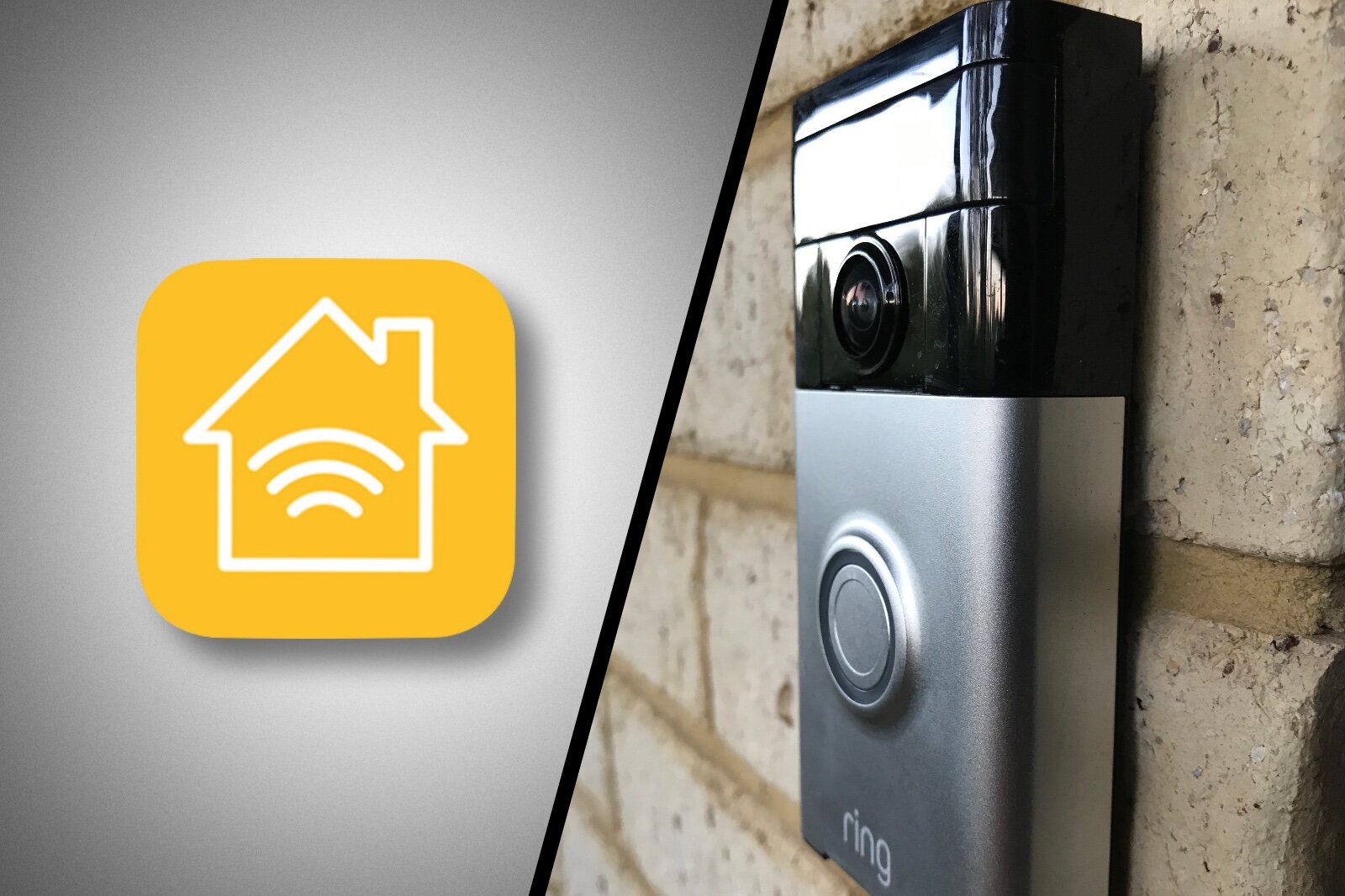Why Does My Logitech Circle View Camera Stop Responding?
The Logitech Circle View camera is one of my favorite cameras to use with HomeKit Secure Video…when it works.
I’ve been running two of these cameras as part of my outdoor security setup for some time, and from the beginning one of them had frequent, prolonged dropouts. The other one, however, has been rock solid. Researching this issue it was apparent that I’m not alone, and that there seems to be a wide mix of home set ups that were having this issue with varying degrees of severity.
Digging into forum posts I was only able to find that Logitech seems to have no idea what’s going on, and Apple says it’s not their problem. To be fair, I have to agree with Apple because I have half a dozen other HomeKit Secure Video cameras that have never had this issue. There is clearly something going on with this camera specifically.
I had been running on a Google WiFi mesh, but when I upgraded to an Eero 6+ mesh the bad camera got much worse, effectively dropping out every day and staying unresponsive until I rebooted it (pulled the plug). This was interesting, so I started digging deeper…and I bought another one (just to be sure).
My Findings
The issue seems to be something to do with the Wi-Fi behavior of the mesh node the camera connects to. Specifically, in both mesh networks the problem camera has been connected to the main router node - that is, the one actually connected to the internet and ‘in charge’ of the network. Newer mesh extenders can also exhibit this problem, but it’s interesting that the Google WiFi mesh points didn’t when they are the same hardware as the router node and the plain Eero 6 extenders don’t seem to either.The problem camera - outside at the back of the house
Key Points
As others online have found, when the camera is unresponsive in the Apple Home app, it still responds to ping and shows as connected to the network in the router interface.
The Home app often does not notify you when the camera becomes unresponsive. This is curious.
Placing the problem camera closer to the router in direct line of sight did not improve reliability. Signal strength was never an issue.
Restarting the camera by cycling the power always restored functionality…until it happened again.
The active Home hub made no difference, both HomePod and ethernet connected Apple TV had the same issues.
Restarting the router or home hub made no difference.
When the problem camera was moved to the other end of the house and connected to another mesh node, the issue went away. The good camera has always been in this situation.
The 8.2.64 firmware was claimed to fix this issue, but it made no difference for me.
Given the issue only occurs when any of the cameras is connected to the primary router node, and they don’t actually lose their network connection, it may be something to do with how the routers handle band steering, offloading clients between nodes, or something to do with newer extensions to the Wi-Fi standard that Logitech is not handling properly.
Notably, my Eero mesh uses Eero 6 extenders, not 6+ nodes, only the main router is a 6+. The Google Wi-Fi nodes are also older AC1200 units and even though the main node still caused issues, it wasn’t as severe. I’ve seen people using Eero Pro nodes also have this issue, so the simpler Eero 6 extenders are likely a factor in things working properly.
Possible Solutions
Get a basic Wi-Fi access point or extender to connect your Logitech Circle View cameras. I had an old Apple AirPort Time Capsule that we still use for Time Machine backups. I re-enabled the Wi-Fi for this purpose, and it’s resolved the issue for the camera in the problem placement area. Obviously, I’m also having no issues with the Eero 6 extender (the one without any ethernet ports).
Set this up with a unique SSID and put it in bridge mode connected to your normal network.
Connect your iPhone to the new SSID.
Factory reset the cameras, then pair them with HomeKit again while your iPhone is on the new SSID.
Once done you can switch your phone back to the normal network. You’ll probably want to turn off Auto Join in your Wi-Fi settings for that SSID.
Connect the camera to a smart switch so you can remotely cycle it when it goes offline. I tried this approach, but you often don’t get notified that the camera is not responding so it can be unresponsive for some time until you notice, and it can stop responding again within a few hours if you’re unlucky.
The old AirPort is back in service
How I Tested
When I first switched over from Google to Eero and started having major issues with the Circle View camera I figured it might have died. It’s much more exposed to the weather than the camera that has not had any issues. I bought a new one and replaced it, only to have exactly the same problem.
So, I thought maybe the Wi-Fi signal wasn’t as good from the Eero to the outside of the house. I brought the new camera inside and put it in the same room as the router. When it still became unresponsive, I started checking the network connection. The Eero app showed good signal to the camera and that it was online. This can be a little slow to update so I checked it a few times over several hours, but there was no change. Pinging the camera’s IP address was fine, so the connection itself seemed OK. Something weird is going on with HomeKit then.
Some forum denizens have suggested the dropouts are due to interference from ZigBee networks. I have two of these networks in the house (Hue and Aqara). That didn’t add up though, because there are two other HomeKit Secure Video cameras in the problem area (Eufy and Aqara) that have had no issues at all.
Wondering why the other camera was still fine - and always had been - I moved the new camera to the front of the house, as far away from the main router as possible. There is an Eero 6 extender there that I hoped it would connect to, which it did. I left it there for a week and it worked like a champ.
Thinking the firmware may have updated and solved the issue I moved it back near the router, only to have it die again. I tried it there for another week. I wanted to see if it would recover on it’s own. Occasionally it did after many hours, but usually I had to power cycle it to get it responding again.
Seeing a pattern, I dug out the old camera that I thought had died from exposure and set it up outside the front of the house (near the good camera). It came back to life right away, so I left it there for another week. It never skipped a beat while connected to an extender node. It’s now been two months and it has never stopped responding.
I reinstalled the new camera in it’s original location and set it up fresh on an old Apple AirPort Time Capsule. This is an 802.11n Wi-Fi access point, so it has no fancy new Wi-Fi extensions that could be messing with the camera’s HomeKit connection. The problem has been solved here as well for a month now.
Conclusion
There is clearly something going on with newer routers, particularly mesh routers, that the Logitech Circle View camera doesn’t play nicecly with. While this doesn’t impact the ability of the camera to communicate on the network, it does mess with the specific traffic used by HomeKit Secure Video. This is not a problem with HomeKit, however, as this issue only impacts this specific camera, so this is clearly a Logitech issue.
Figuring out what, exactly, is happening here is a challenge since the router behavior is a black box, and the traffic to HomeKit is encrypted. What is clear to me is that for these cameras to work reliably they need to be connected via a simpler access point that isn’t going to expose them to whatever protocol or extension is causing things to go awry.
This is a shame, because when they work, the Logitech Circle View is an awesome HomeKit camera with great video and audio quality, fast motion recording response, and the ability to be used outdoors. I’m just glad I’ve found a way to get them working well for me. Hopefully this helps you do the same.







